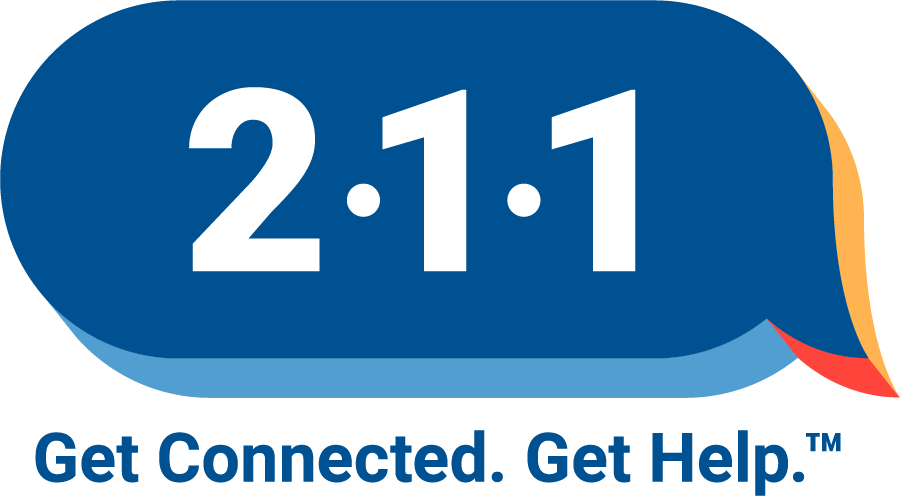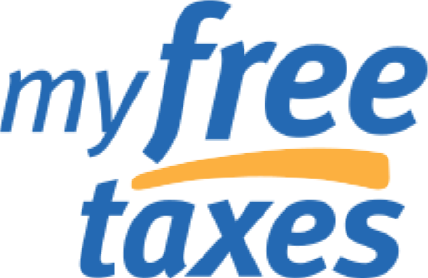United Ways Of California Releases Legislative Profiles For The Real Cost Measure
Earlier this summer, United Ways of California released Struggling to Stay Afloat: The Real Cost Measure in California 2019, a new financial stability report that focuses on the financial challenges of working families. Unlike the official poverty measure, which primarily accounts for the cost of food adjusted for inflation, the Real Cost Measure incorporates the costs of housing, food, health care, child care, transportation and other basic needs for a more accurate measure of self-sufficiency.
Today, we are glad to release new legislative profiles to accompany the release of the study. These profiles illustrate the percentage of households below the Real Cost Measure by neighborhood cluster. Neighborhood clusters, or public use microdata areas as defined by the U.S. Census Bureau, are contiguously consolidated neighborhoods with at least 100,000 people, and are more statistically accurate than other geographic boundaries such as zip codes or census tracts.
The primary reason for the release of these profiles is to provide elected officials and their constituents the opportunity to have meaningful conversations with each other about the cost of living in their legislative districts. From the lack of affordable housing, the limited number of child care seats available to the challenges of accessing public transportation, each legislative profile reveals both the challenges and opportunities that exist to improve economic well-being in our communities.
In Congressional District 13 in the San Francisco Bay Area, for example, we see neighborhood clusters in Alameda and Country Costa counties represented. Within a few miles from each other, we see that 63% of households in the neighborhood cluster of South-Central Oakland struggle to meet basic needs compared to 18% in East Oakland and Piedmont. What are some of the structural mechanisms that are contributing to these disparities and what intervention programs would be needed to ensure households in South-Central Oakland can succeed and thrive within their local community? These questions among elected officials and their constituents allow us to acknowledge inequities and resource disparities but more importantly, to provide opportunities for engagement on what we can do together to help some of the most vulnerable in our local communities.
To help accompany these legislative profiles, we encourage everyone adopting them to use our county profiles, our public data set and our robust set of resources available on our Real Cost Measure website as part of our interactions with elected officials. Included there is data on single mothers, seniors, and households with young children, and other vulnerable populations, in addition to findings on how the Real Cost Measure intersects with ethnicity, educational attainment, citizenship status and more.
We hope these legislative profiles will be helpful not only for California United Ways and their partners, but for everyone who cares about making ends meet throughout the state.




